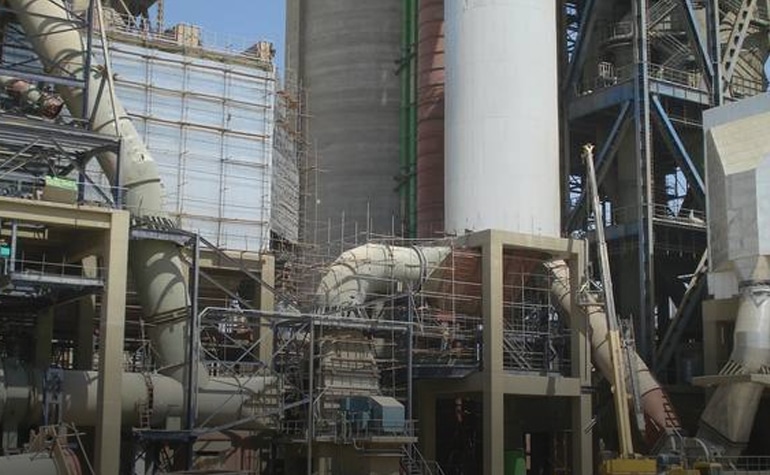Microgrid projects are implemented by island utilities, remote communities, industrial and commercial players, the defense sector and institutions and campuses to achieve some of the following goals:
- 01
To maximize the utilization of renewable energy like wind or solar
- 02
To increase power availability and reliability
- 03
To reduce dependency on fossil fuel and C02 emissions
- 04
To manage peak demand
- 05
To stabilize – frequency and voltage regulation
- 06
To provide power to remote communities
Microgrids can be defined as distributed energy resources and loads that can be operated in a controlled, coordinated way either connected to the main power grid or in “islanded” mode. The power generation is usually based on a mix of technologies and can include solar power, wind power, diesel generators, hydro generators, fly wheels as well as batteries. This generation needs to be balanced with the local loads. Managing microgrids involves a lot of complexity while the costs of such a solution need to be low to make it economically feasible. Based on the experience from 300 power generation and substation projects around the world, our experts are here to help with any of the following:
Consulting & Engineering
Choice of storage technology (battery storage, flywheel etc), protection and control settings calculations, engineering of microgrid controller from different manufacturers,
SCADA/HMI and protection devices configuration
Commissioning
FAT and SAT of the microgrid system components
Troubleshooting and maintenance




